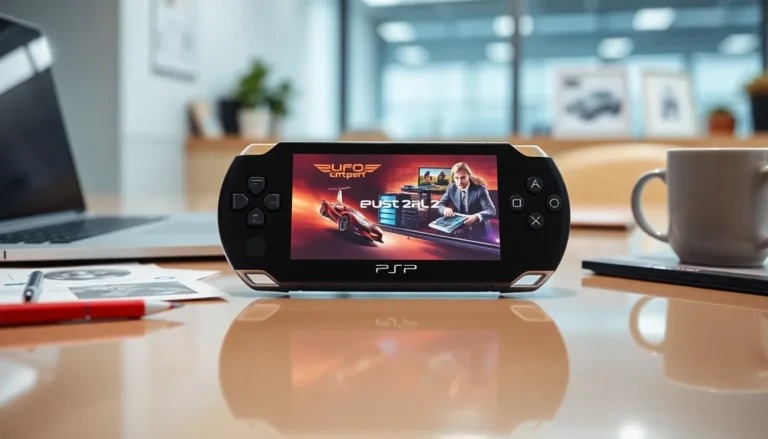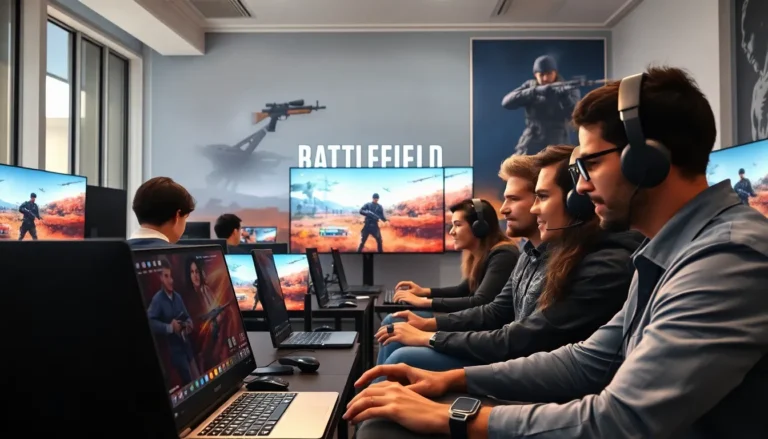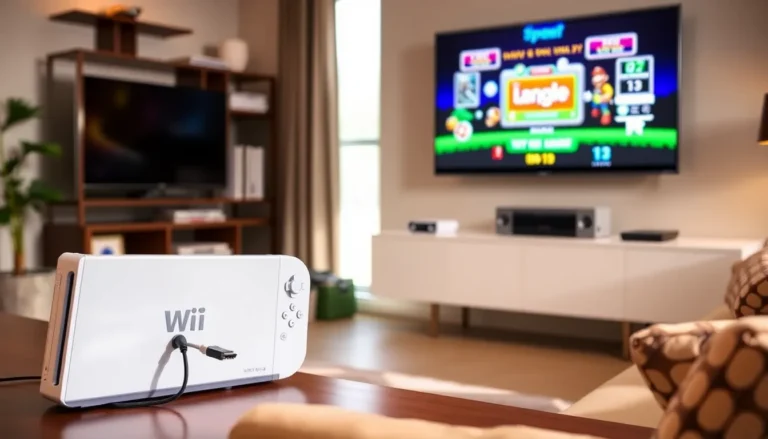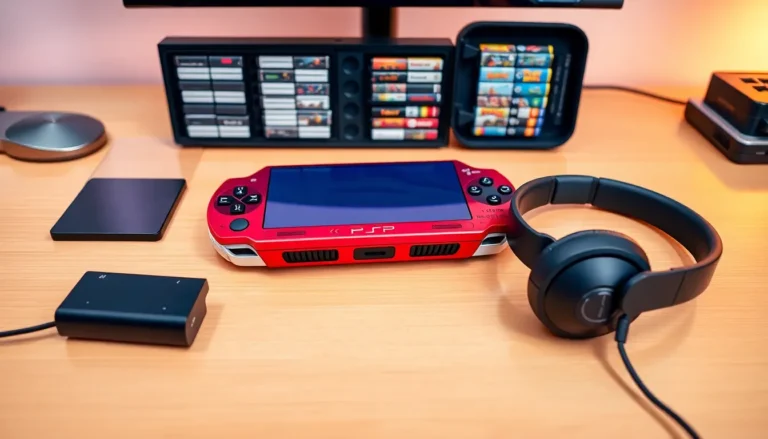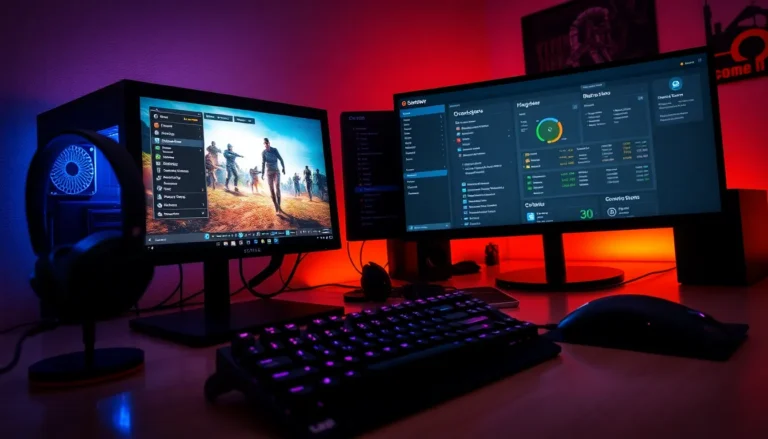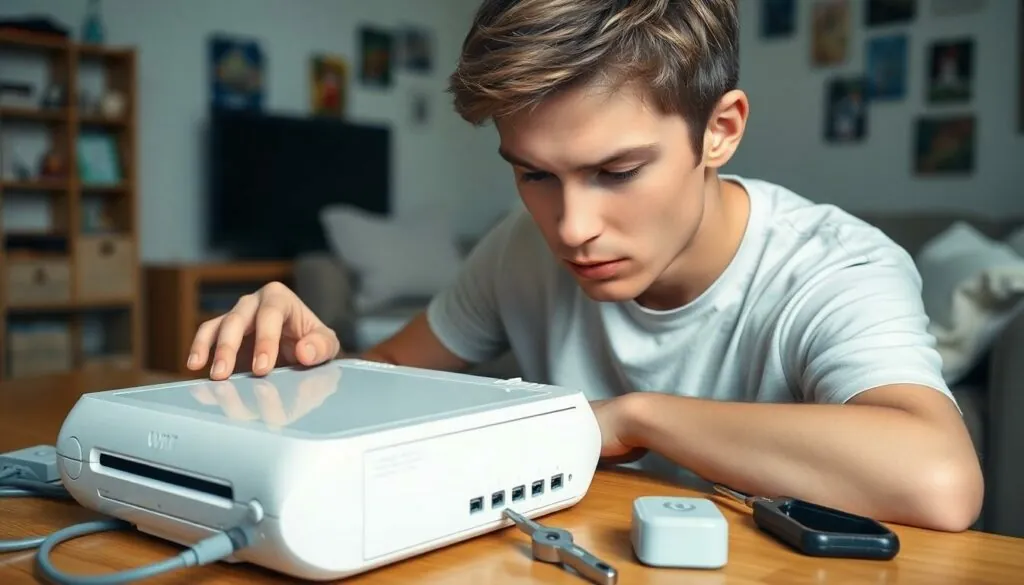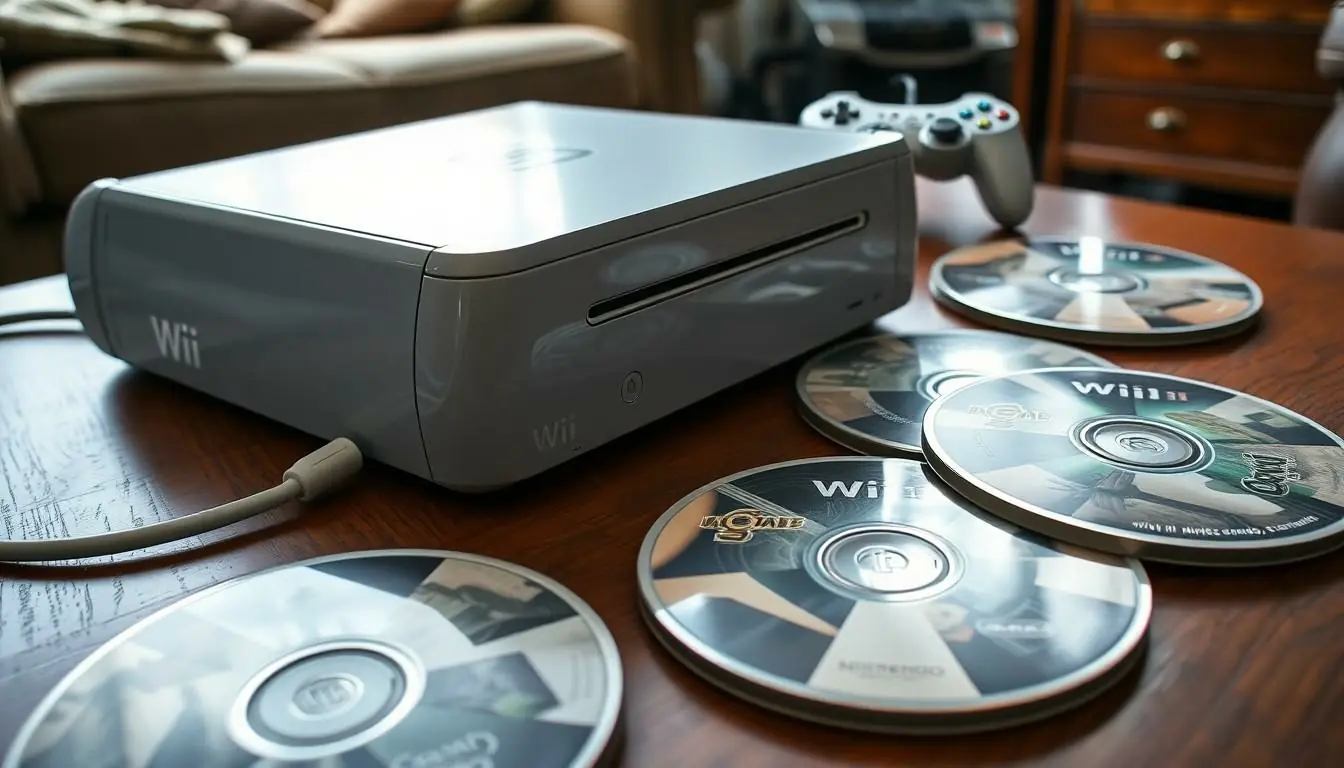Table of Contents
ToggleThe Nintendo Wii revolutionized gaming with its motion-sensing magic, turning living rooms into arenas of fun. But what happens when that beloved console starts acting more like a stubborn toddler than a gaming champion? Fear not! Wii repair isn’t just a lifeline; it’s a chance to revive those epic gaming marathons and family competitions.
Overview of Nintendo Wii Repair
Nintendo Wii repair focuses on addressing common issues that can arise with the console as it ages. Users often encounter problems like disc read errors, frozen screens, or connectivity issues with controllers. Accessing suitable repair services can significantly enhance the lifespan of the Wii and restore its functionality.
Repairing a Nintendo Wii typically involves diagnosing the problem first. Technicians may examine hardware components such as the optical drive and internal connections for signs of wear or damage. Many users find that seeking professional help ensures their consoles receive the necessary care without causing further complications.
Replacement parts, like the optical drive, are frequently used during repairs. These components often experience wear, especially after extended use. Quality control and compatibility are crucial when selecting replacement parts to guarantee proper functioning.
DIY repair is another option available to users confident in handling electronics. Online tutorial videos and step-by-step guides provide valuable insights for users wishing to conduct repairs independently. Essential tools include screwdrivers, spudgers, and soldering equipment, depending on the extent of the repair required.
Overall, understanding the repair process can enhance a user’s experience with the Nintendo Wii. It helps gamers identify issues, evaluate repair options, and ensure their beloved console continues to provide entertainment for years. Regular maintenance also contributes to optimal performance, allowing families to create lasting memories together.
Common Issues and Symptoms
Gamers frequently encounter various problems with their Nintendo Wii consoles. Identifying symptoms early can lead to effective repair solutions.
Disc Read Errors
Disc read errors result when the console fails to read a game or media disc. Heavily scratched discs often cause this issue, reducing the lens’s ability to process information. Dust buildup on the optical drive can contribute to these errors as well, obscuring the laser’s path. Users may notice the console displaying messages such as “Unable to Read Disc” or experiencing frequent interruptions during gameplay. Cleaning the discs or the drive lens may offer a temporary fix, but persistent errors often indicate a need for professional repair or part replacements.
Power Problems
Power problems can manifest in several ways, including failure to turn on or spontaneous shutdowns. Often, faulty power adapters lead to these issues, preventing the console from receiving adequate energy. Users might also experience flickering lights on the console, indicating underlying electrical problems. Checking power connections and ensuring the console is in a well-ventilated area can help troubleshoot minor issues. However, consistent power failures likely signal deeper hardware malfunctions that require expert intervention.
DIY Nintendo Wii Repair Tips
DIY repairs can help restore a Nintendo Wii to working condition. Gamers can tackle common issues using the right approach and tools.
Tools Needed
Gather essential tools before starting the repair. A small screwdriver set allows access to the console’s screws. Pliers support the removal of components, while a soft cloth helps clean sensitive areas. Compressed air removes dust from inside the console. A replacement optical drive proves useful for disc read errors. Always keep these tools nearby for efficient repairs.
Step-by-Step Repair Guide
Follow a methodical approach to repair a Nintendo Wii. Begin by disconnecting the console from all power sources and removing any external components. Open the case, taking care not to damage any parts. Inspect the optical drive for dust or scratches and clean accordingly. Next, troubleshoot power issues by checking the power adapter and cables. If problems persist, consider replacing the optical drive. Finally, reassemble the Wii carefully, ensuring all components fit snugly. Test the console to ensure successful repairs.
Professional Repair Services
Professional repair services offer expertise for Nintendo Wii issues that may seem daunting to fix at home. Accessing these services often becomes necessary when problems persist despite troubleshooting efforts.
When to Seek Help
Seeking professional help becomes crucial if the console frequently experiences disc read errors, fails to power on, or shows persistent connectivity issues. Recognizing these signs early can prevent further damage. If the DIY repair methods don’t resolve the problems, it’s wise to consult a professional technician. They possess specialized tools and knowledge to effectively diagnose and repair complex malfunctions, ensuring a longer lifespan for the console.
Costs Involved
Costs for professional Nintendo Wii repair vary based on the issue and local market rates. Average repair fees typically range from $50 to $150, depending on labor and parts required. For instance, replacing an optical drive may incur higher expenses compared to simple cleaning or reassembling, which usually costs less. Obtaining a quote beforehand helps in budgeting for repairs. Some technicians may provide warranties for their work, adding value to the overall service.
Maintaining Your Nintendo Wii
Regular maintenance enhances the longevity and performance of a Nintendo Wii. Cleaning the console and its components plays a crucial role. Dust accumulation can lead to overheating and operational issues. Gamers can use a soft cloth and compressed air to remove debris from vents and the optical drive.
Keeping discs free from scratches also ensures optimal performance. Storing them in cases prevents damage and maintains functionality. Inspecting disc surfaces for scratches or smudges before inserting them can mitigate read errors.
Proper power management is essential for maintaining the Wii. Users should regularly check the power adapter and connections for signs of wear. Replacing faulty power adapters promptly can prevent unexpected shutdowns.
Updating system software helps maintain compatibility with games and online features. Nintendo releases updates that often include performance enhancements and bug fixes. Connecting the Wii to the internet facilitates easy access to these updates.
Utilizing the parental controls can protect the console from unauthorized use. Configuring settings limits access to certain content, ensuring a family-friendly gaming environment.
Seek professional assistance for repairs when issues persist. Frequent disc read errors or connectivity problems may indicate underlying hardware issues. Timely professional intervention can enhance performance and prevent further damage.
Opting for DIY repairs presents a budget-friendly alternative for minor issues. Using an appropriate set of tools like small screwdrivers and pliers makes the process easier. Online tutorials support those willing to learn the repair process.
Overall, regular maintenance, timely repairs, and updates are the keys to enjoying a reliable and enjoyable Nintendo Wii experience.
Conclusion
Restoring a Nintendo Wii can breathe new life into cherished gaming experiences. Whether tackling minor issues at home or seeking professional help for more complex problems, understanding the repair process is essential. Regular maintenance plays a crucial role in prolonging the console’s lifespan, ensuring it remains a source of family fun for years to come.
By staying proactive with repairs and upkeep, gamers can continue to enjoy their favorite titles and create lasting memories. With the right tools and knowledge, the Nintendo Wii can remain a beloved part of home entertainment.

